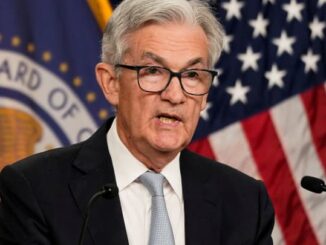
Source: Fortune —
The Federal Reserve has raised interest rates for the seventh consecutive time this year. This time, though, the hike is smaller: Fed Chairman Jerome Powell announced a half-point increase in the federal funds rate Dec. 14, which is down from the three-quarter-point increases of the past several meetings. Still, the last time it raised rates by as much in a single year was in the 1980s.
In an effort to rein in raging inflation, the Fed boosted interest rates by a quarter-point in March 2022, then by a half-point in May. It raised them even more in June, by three-quarters of a percentage point — which was, at the time, the largest Fed rate hike since 1994 — and went on to do the same in July, September and November.
The hikes are designed to cool an economy that was on fire after rebounding from the coronavirus recession of 2020. That dramatic recovery has included a red-hot housing market characterized by record-high home prices and microscopic levels of inventory.
However, since late summer the housing market has shown signs of cooling, with appreciation slowing nationally and prices even dropping in many markets. And home prices are driven not just by interest rates but by a complicated mix of factors — so it’s hard to predict exactly how the Fed’s efforts will affect the housing market.
“The housing recession is here,” says Marty Green, principal at mortgage law firm Polunsky Beitel Green. “The big question now is how quickly it spreads to the rest of the economy.”
Higher rates are challenging for both homebuyers, who have to cope with steeper monthly payments, and sellers, who experience less demand and/or lower offers for their homes.
“The cumulative effect of this sharp rise in rates has cooled the housing market and caused the economy to start slowing, but hasn’t done much to lower inflation,” says Greg McBride, CFA, Bankrate’s chief financial analyst.
The post What the Fed’s December rate hike means for homebuyers and sellers appeared first on Weekly Real Estate News.



